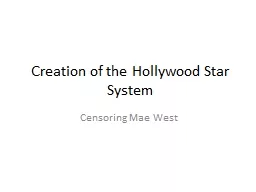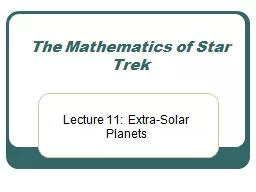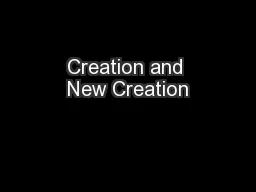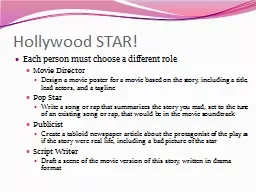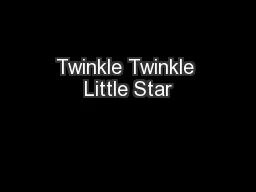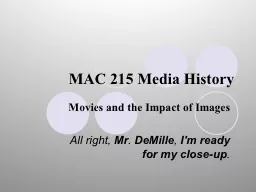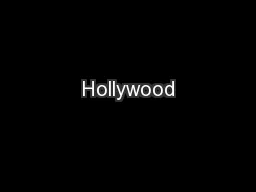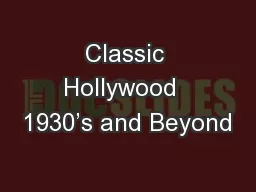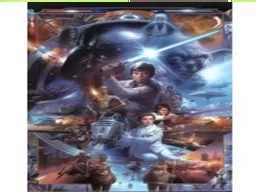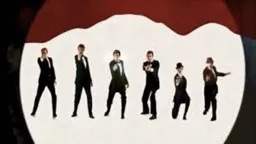PPT-Creation of the Hollywood Star System
Author : danika-pritchard | Published Date : 2016-10-20
Censoring Mae West Edison Kinetoscope Asst Wm Kennedy Laurie Dickson actual inventor Collaboration Edison Wm Heise Etienne Jules Marey Eastman Company Patented
Presentation Embed Code
Download Presentation
Download Presentation The PPT/PDF document "Creation of the Hollywood Star System" is the property of its rightful owner. Permission is granted to download and print the materials on this website for personal, non-commercial use only, and to display it on your personal computer provided you do not modify the materials and that you retain all copyright notices contained in the materials. By downloading content from our website, you accept the terms of this agreement.
Creation of the Hollywood Star System: Transcript
Download Rules Of Document
"Creation of the Hollywood Star System"The content belongs to its owner. You may download and print it for personal use, without modification, and keep all copyright notices. By downloading, you agree to these terms.
Related Documents

